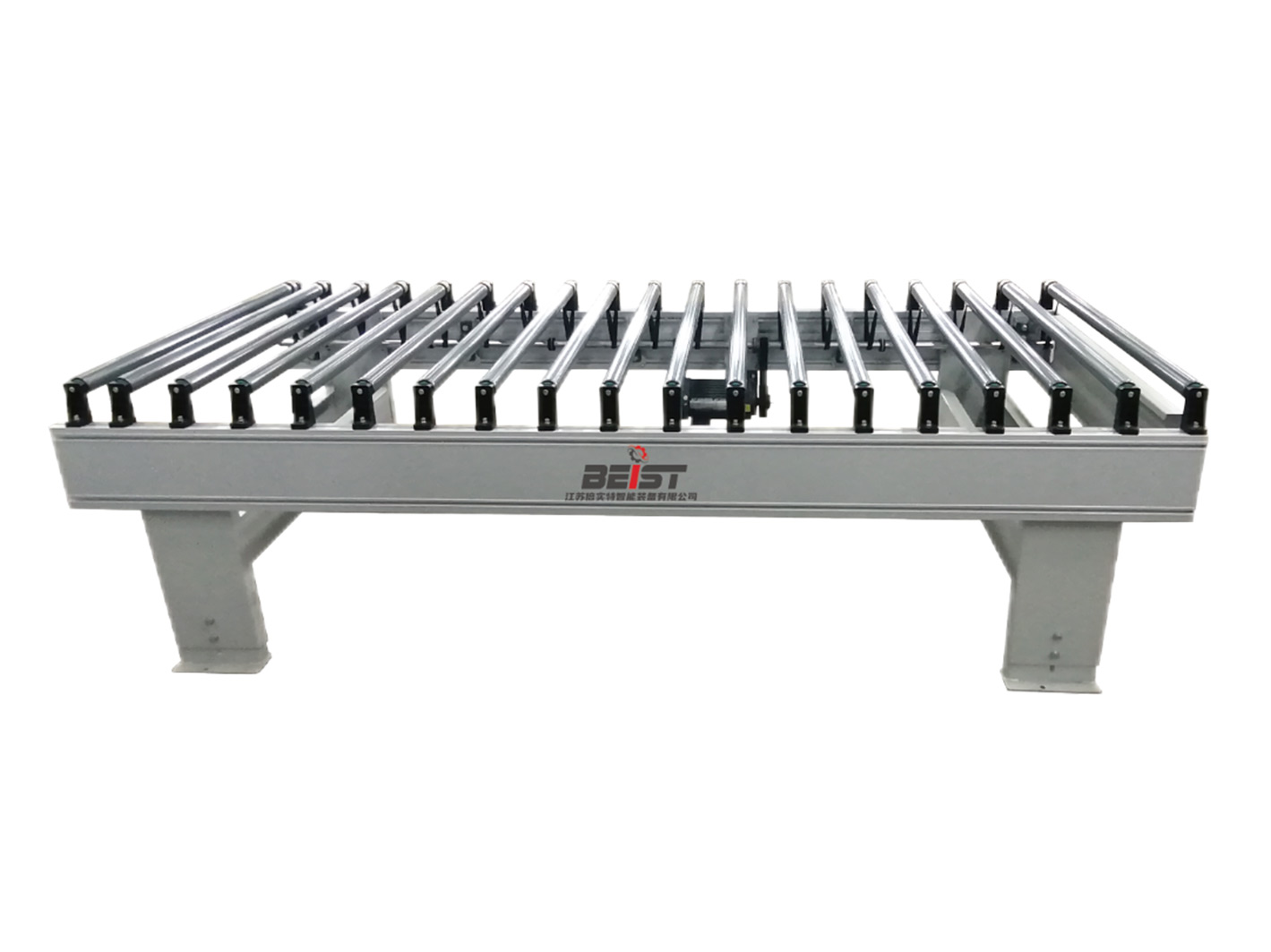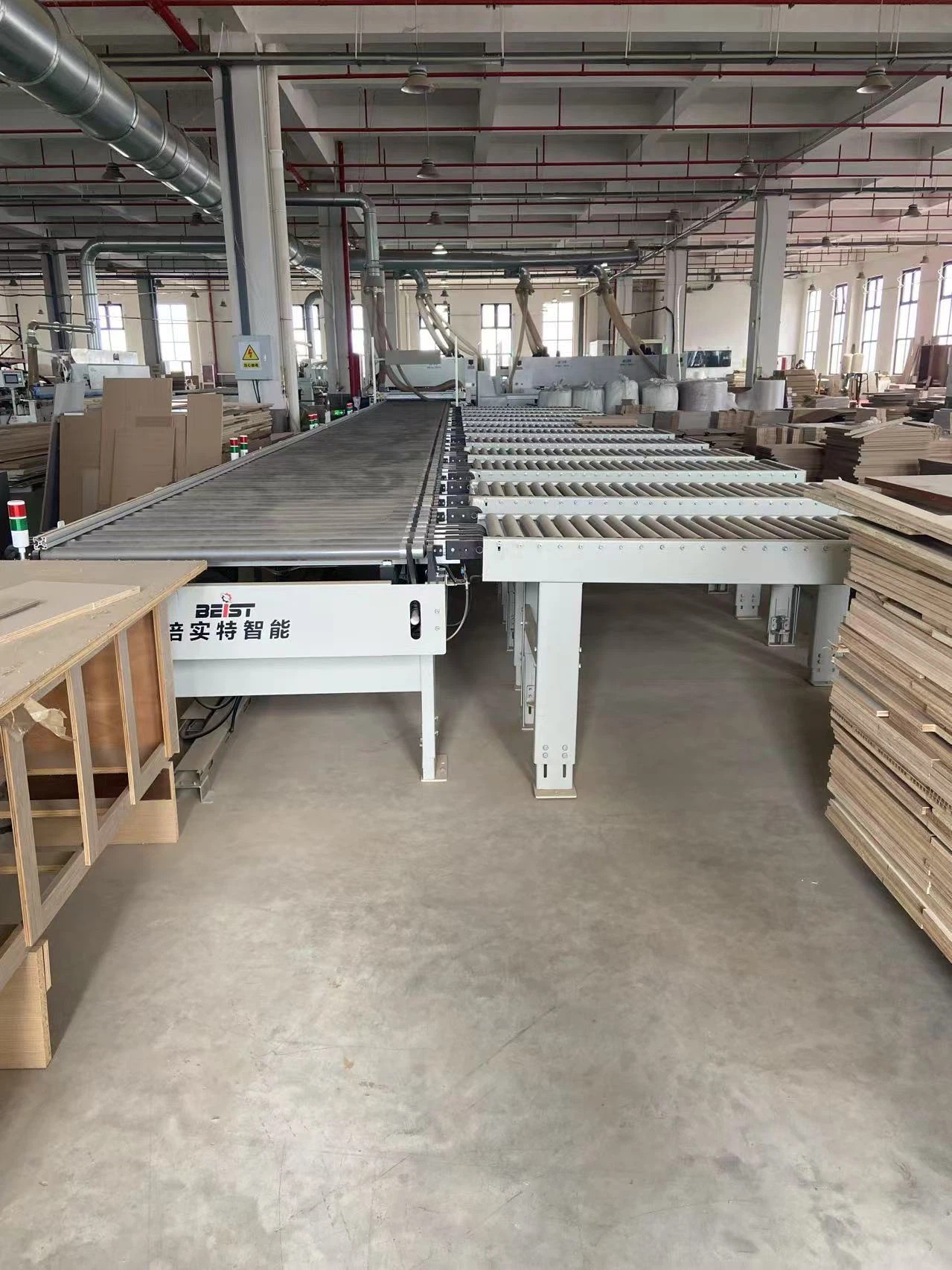
Powered roller conveyors are a type of material handling system that utilizes motorized rollers to transport goods efficiently in various industrial applications.
Emerging in the early 20th century, powered roller conveyors have evolved significantly, driven by advancements in technology and the growing demand for automated solutions in manufacturing, logistics, and warehousing.
They are particularly notable for enhancing operational efficiency, reducing labor costs, and improving safety in material handling processes, making them essential in modern industrial environments. The future of powered roller conveyors is poised for growth, with trends indicating an increasing integration of smart technologies, energy-efficient designs, and collaborative automation. As industries continue to prioritize sustainability and flexibility, the demand for innovative conveyor solutions is expected to rise, further solidifying their role in modern material handling systems.
Key Components of Powered roller conveyor
Powered Rollers: Motorized rollers that can handle heavier loads without the need for manual intervention, making them ideal for automated systems.
Drive System: The drive system is crucial for powered conveyors and consists of various elements, including:
Motor: Provides the necessary power to move the conveyor. Options may include external electric motors or internal 24V DC motors embedded within rollers for modular designs
Drive Type: Can include belt, chain, or direct drive configurations, depending on the application's requirements.
Control System: Regulates the speed and operation of the conveyor, allowing for automated or manual control. Integration with advanced controls, such as programmable logic controllers (PLCs) or sensors, enhances efficiency and monitoring capabilities
Applications

Powered roller conveyors are versatile systems used across various industries to enhance efficiency and streamline operations. These conveyors are particularly effective in environments where the movement of goods is integral to production and distribution processes.
Manufacturing
In the manufacturing sector, powered roller conveyors facilitate the movement of components and finished products between different stages of production lines. For example, a major automobile manufacturer integrated powered roller conveyors into their assembly line, resulting in a 25% increase in production efficiency and more precise assembly processes.
Additionally, electronics manufacturers have adopted these systems to automate the transport of delicate components, ensuring they are handled safely throughout the production process
Logistics and Warehousing
Powered roller conveyors play a crucial role in logistics and warehousing by enabling the efficient movement of packages and goods within distribution centers. Their implementation can lead to significant improvements in sorting and distribution processes, as demonstrated by an automotive parts distributor that experienced a 30% reduction in processing time after integrating powered roller conveyors into their warehouse
These systems can be customized to meet the specific needs of different operations, making them suitable for various warehouse configurations
Advantages
Powered roller conveyors offer numerous benefits that make them an essential asset for modern material handling operations. These advantages significantly enhance productivity, efficiency, and safety in various industrial applications.
Space Optimization
Another advantage of powered roller conveyors is their ability to optimize warehouse space. Many systems are designed to operate vertically, utilizing overhead space to maximize storage capacity. This space-saving capability is crucial for businesses looking to expand operations without incurring the costs associated with building expansions or additional facilities.
By implementing overhead or vertical conveyor systems, companies can improve their overall layout and organization, leading to enhanced operational efficiency.
Improved Productivity
One of the primary advantages of powered roller conveyors is their ability to increase productivity by enabling faster and more efficient movement of goods. By automating the transportation of materials, businesses can significantly reduce the time and effort required for manual handling, allowing for a more streamlined workflow.
For instance, in a packaging line, tasks can be divided effectively, as workers can focus on specific operations such as preparing, moving, and sealing boxes, rather than carrying heavy loads manually.
Cost Savings
Powered roller conveyors contribute to cost savings in labor by optimizing workforce needs. By breaking down larger tasks into smaller, manageable components, businesses can achieve significant reductions in direct labor costs, including wages and employee benefits.